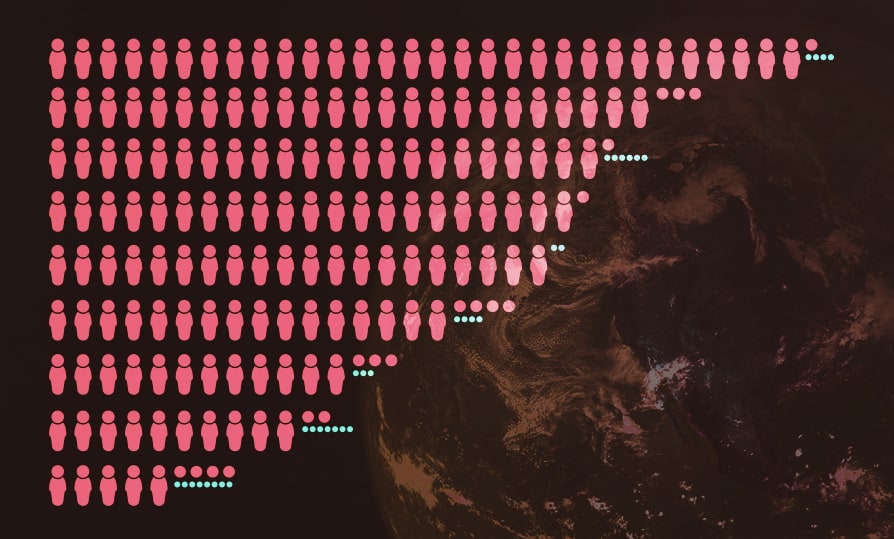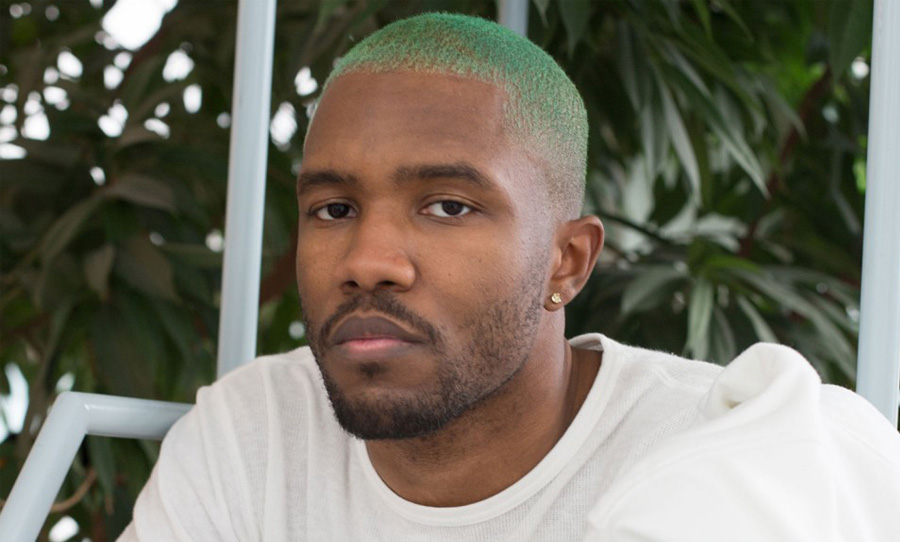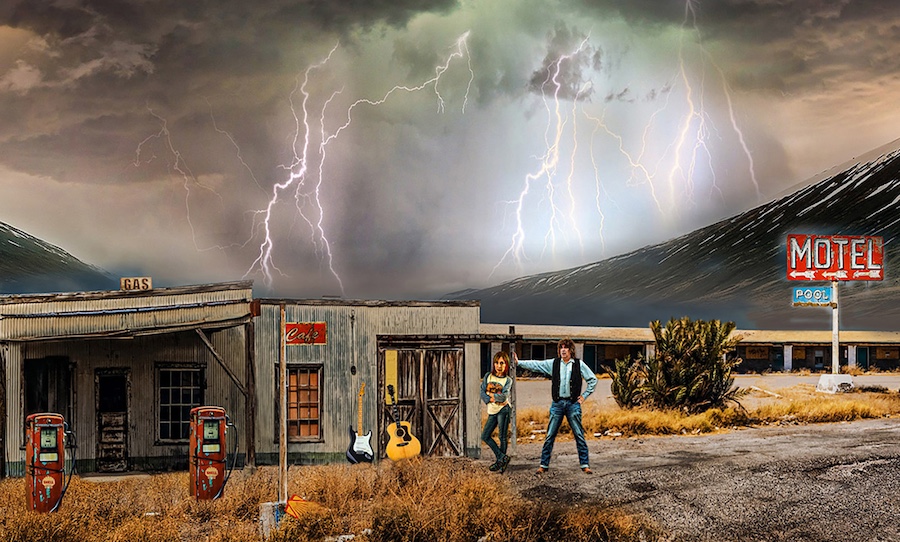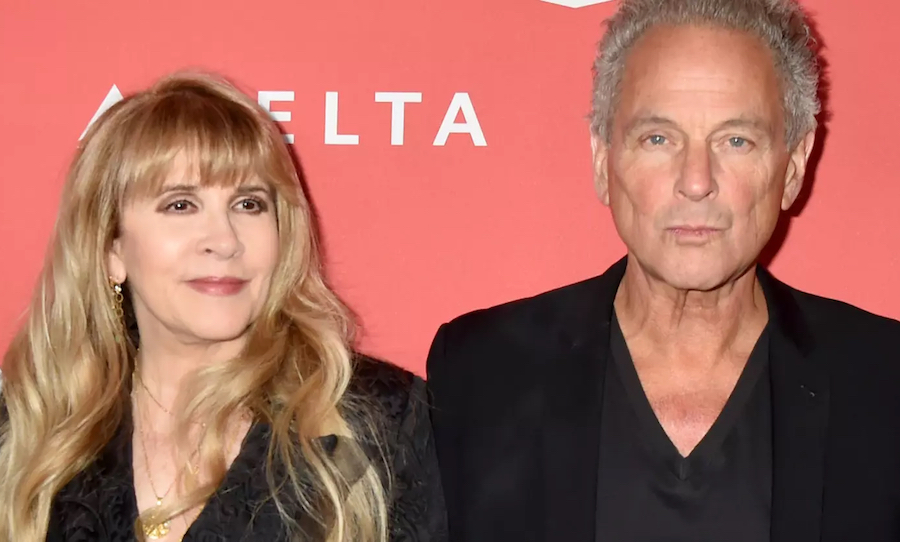Whilst the scale of the coronavirus pandemic continues to increase, the last few weeks have seen the growth of a concurrent phenomenon: hysteria.
Exacerbated by the media and social platforms, hysteria makes the crisis seem even bigger than it is. It’s not. And it’s important sometimes to remind ourselves, and others, of this simple fact.
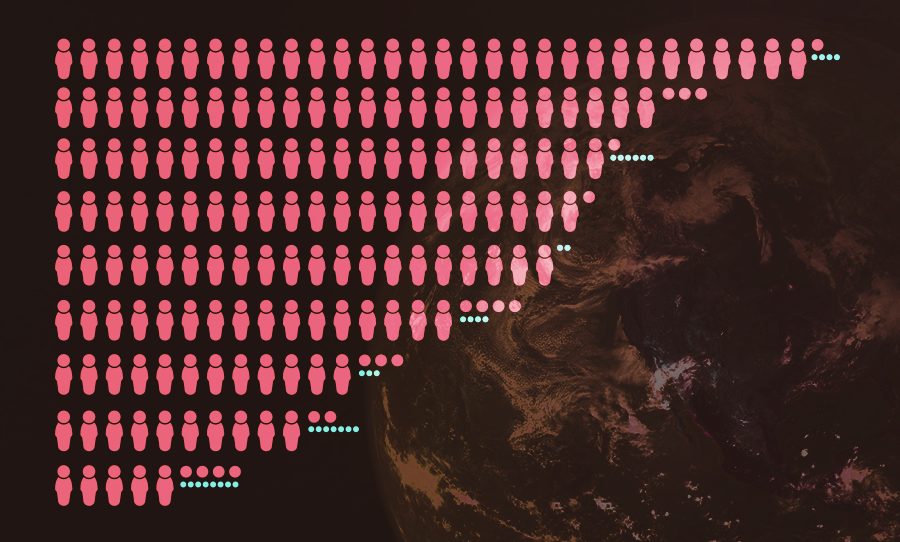
In our digital age, the power of the media and political agenda can inflate a sense of hysteria surrounding outbreaks like coronavirus.
So far there are 162,600 confirmed cases of coronavirus worldwide, with over 6,300 deaths. It’s nothing small, yet there are still many diseases which are currently claiming a higher death toll. Take the flu, for instance.
The Centres for Disease Control and Prevention estimate that between October last year and March this year, already between 36,000,000 – 51,000,000 people have contracted the flu, and between 22,000 – 55,000 people have died from it.
Whilst the figures from coronavirus are slowly catching up – a recent article from Science Alert highlights that COVID-19 is resulting in death in around 3.5% of cases, as opposed to the flu, which is 0.1%– tens of thousands of people are dying from the flu every year. Yet, you don’t see people mass buying toilet paper because of the common flu.
That’s because it represents the status quo. The difference with coronavirus is that it’s new. It represents the unknown, and therefore we are fearful.
The phenomenon of mass toilet paper-buying is a symptom of hysteria. It’s something that we as humans are prone to (think: the Salem Witch trials), but it’s also something that the internet – a self-creating entity – has provided a fertile landscape for.
The past few weeks have seen an alarming increase of racism as well as the spread of misinformation and conspiracy theories surrounding coronavirus, particularly on social media sites like TikTok. At the heart of it is fear. Yet, unfortunately, these gestures only serve to inflate a general sense of hysteria.
The media has also played a vital role in this. Our constant bombardment gives the pandemic a sense of immensity which at times feels impossible to overcome. Numerous studies have observed the role of the media in aggravating hysteria. In the past, mass hysteria has even led people to experience physical symptoms simply due to psychological distress.
Similarly, injecting political agendas into the fray only heightens things. Last week The New York Times reported that Fox Business anchor Trish Regan accused the coronavirus of being “another attempt to impeach the president” – a claim which, whilst on the surface downplays the hysteria itself, ultimately only serves as another conspiracy theory.
Whether it’s a case of overreacting or downplaying – like most things, the answer lies in the middle. Coronavirus is a serious situation, and we need to treat it so. But approaching it with undue fear is only going to make it worse.
When you look at the statistics, you can put things into perspective. According to numbers from Centres for Disease Control, WHO, and The Lancet, currently, 3,014 people die every day from Tuberculosis.
This is followed by 2,430 from Hepatitis B. After that, it’s pneumonia, HIV/AIDS, malaria, and more. Where does coronavirus fit into this? Currently at 56 deaths per day.
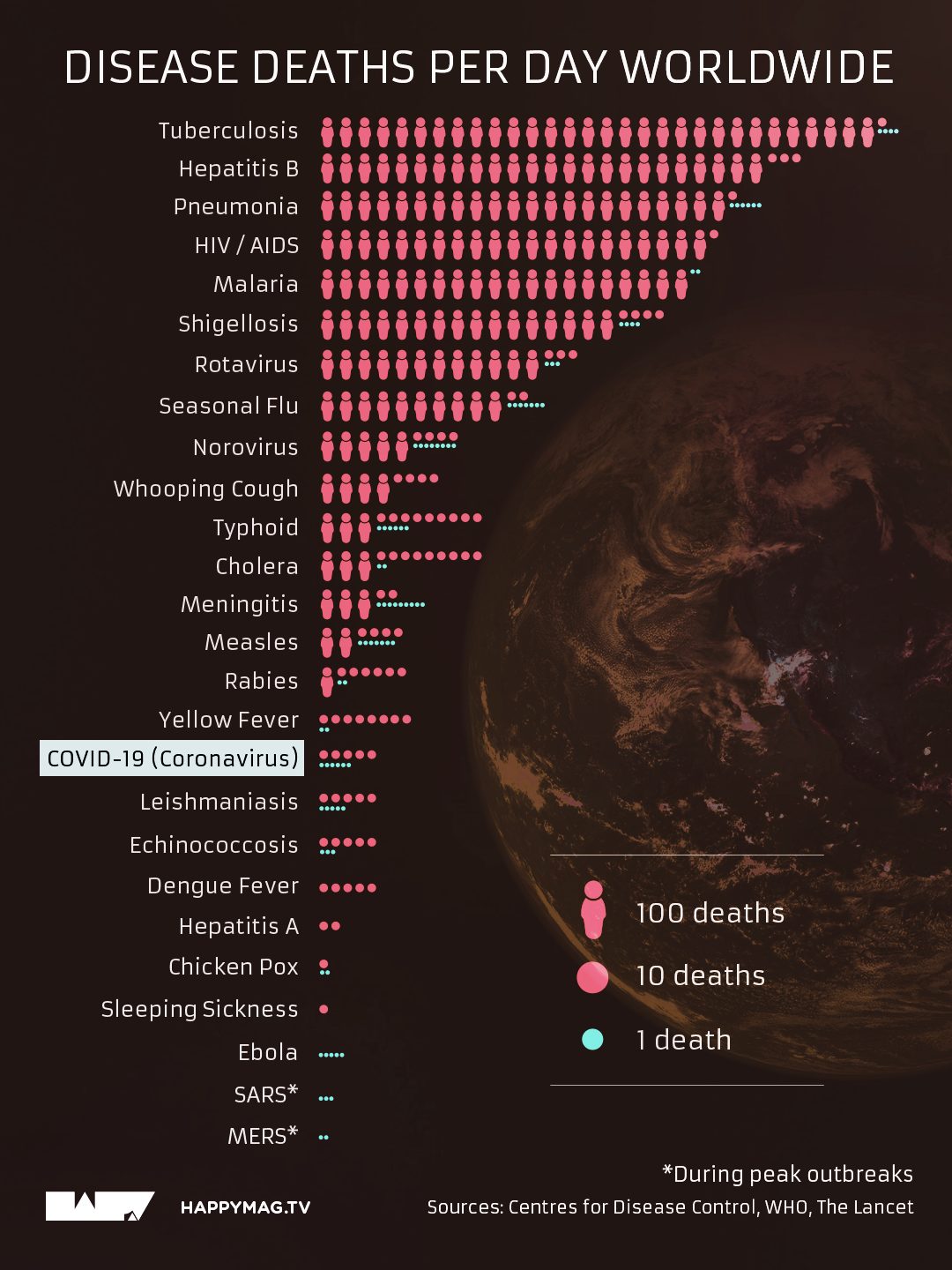
At the end of the day, as we’ve seen with the case of the recent Australian bushfires, hardship brings people together. It often brings out the best sides of people, real people, who are dedicated to the greater good of humanity.
In the case of coronavirus, we’ve seen neighbours in Italy singing to each other or even Pornhub giving out free accounts to people in lockdown. But of course, we’ve seen – and continue to see – more impactful gestures too.
No one can predict the future. But the beauty of humanity is when we unite.
